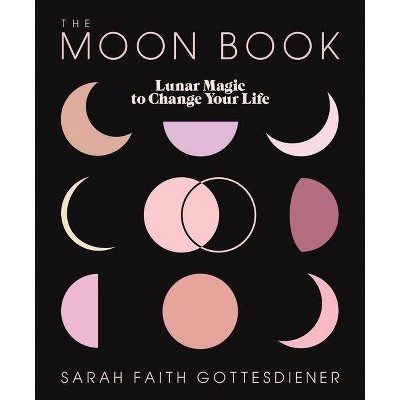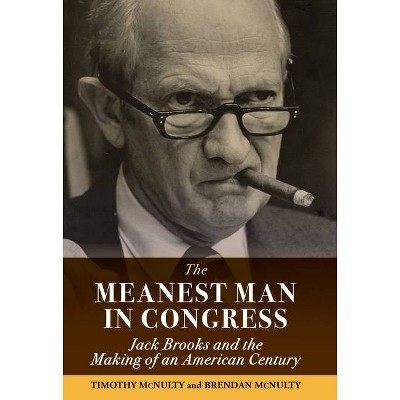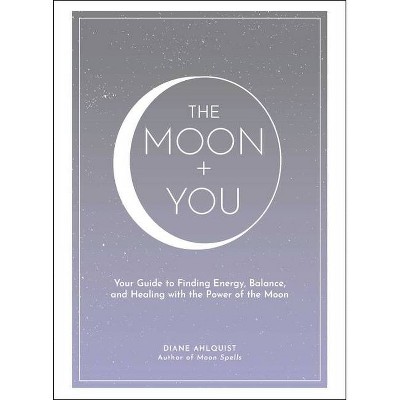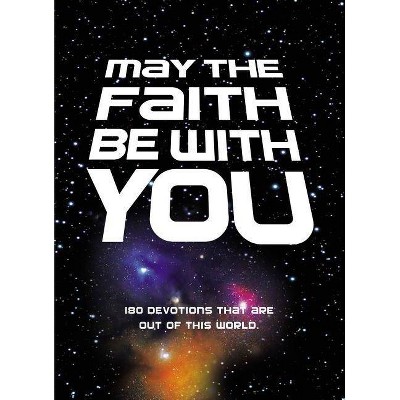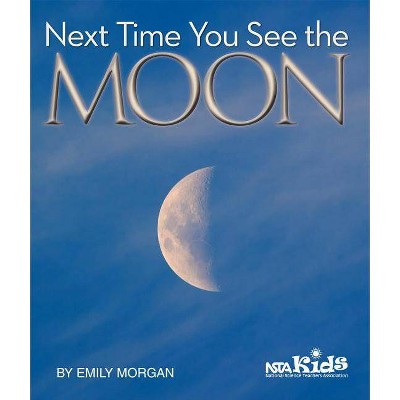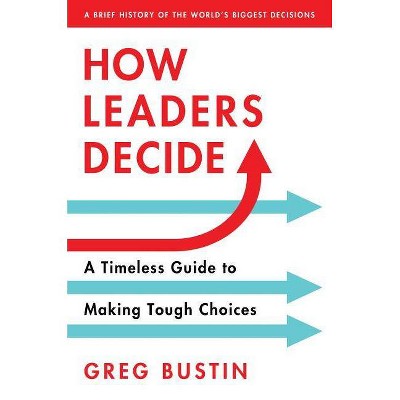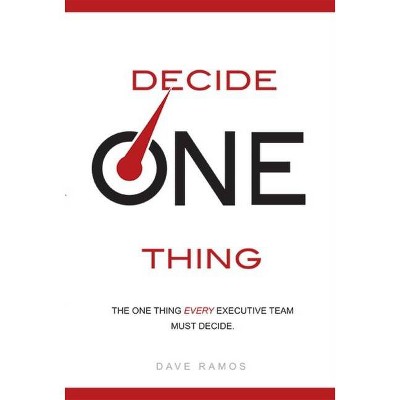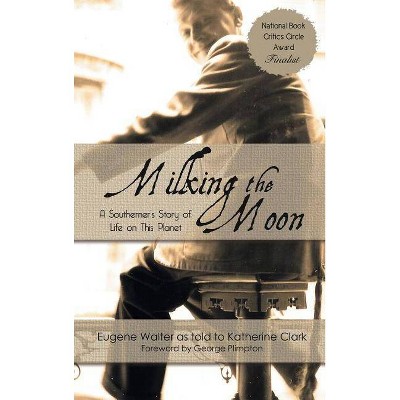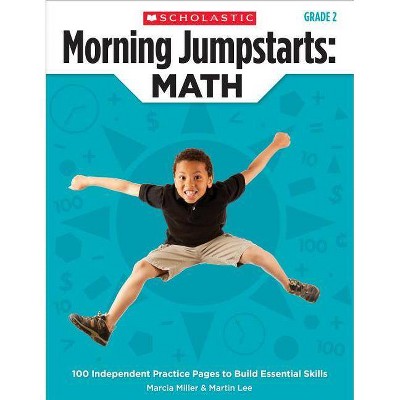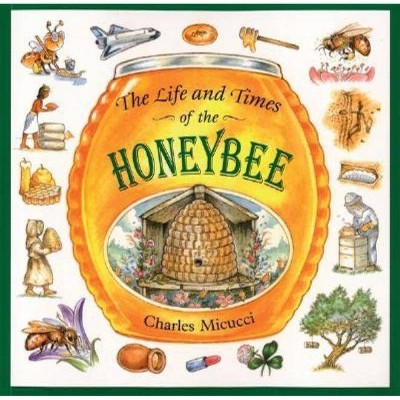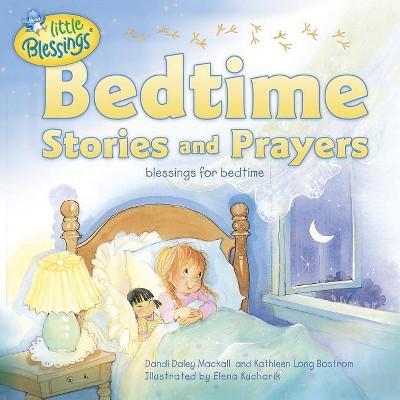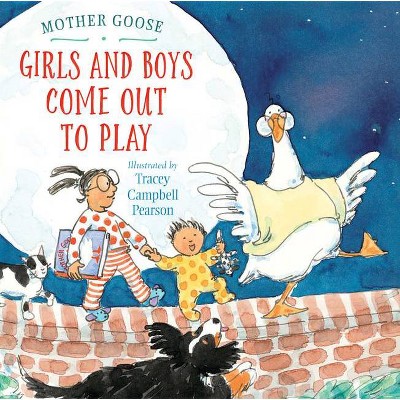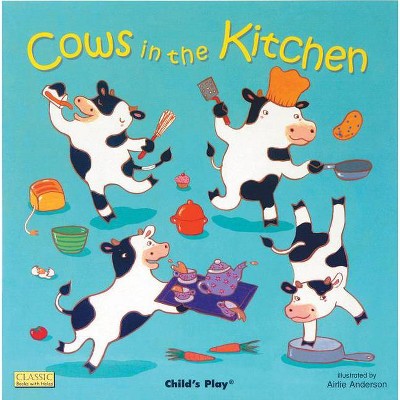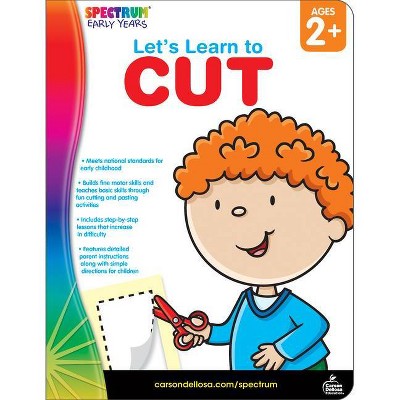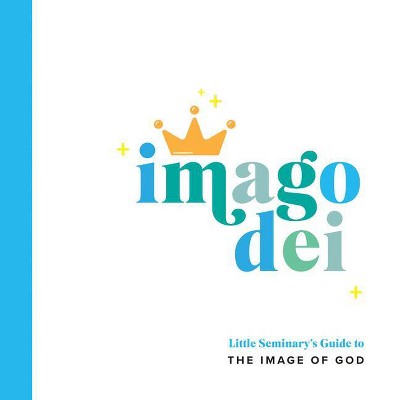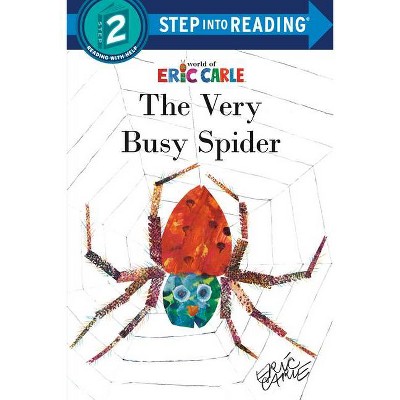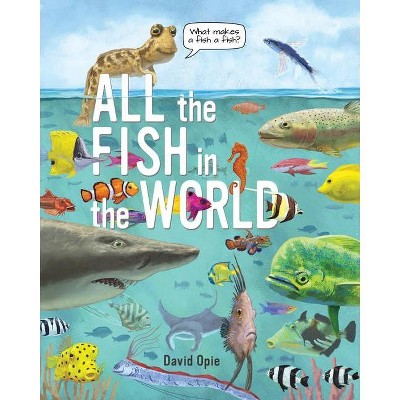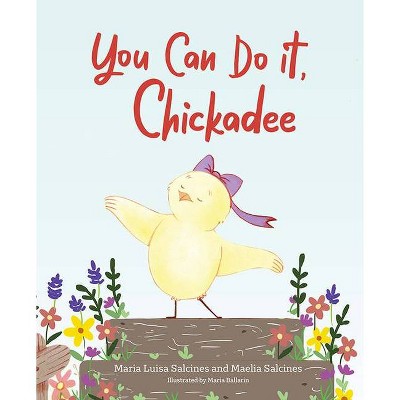If You Decide to Go to the Moon - by Faith McNulty (Hardcover)
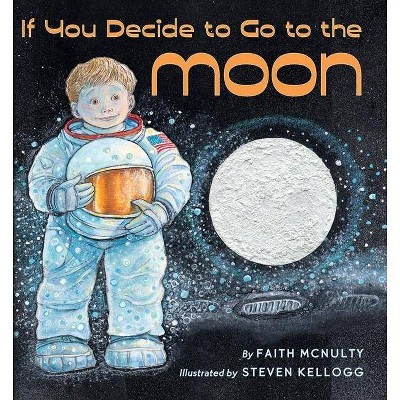
Similar Products
Products of same category from the store
AllProduct info
<p/><br></br><p><b> About the Book </b></p></br></br>Written in the second person, the text allows the reader to participate in every aspect of the journey, from packing to lift-off to traveling through space, ultimately landing at the Sea of Tranquility, the site of the first lunar landing. Full color.<p/><br></br><p><b> Book Synopsis </b></p></br></br>Two artists at the height of their powers have created a beautiful book with an unforgettable message about the moon and an even more important message about the earth. A publishing event!<p></p>If you decide to go to the moon, writes Faith McNulty, read this book first. It will tellyou how to get there and what to do after youland. The most important part tells you how to get home. Written in the second person, the text allows the reader to participate in every aspect of the journey, from packing (don't forget your diary and plenty of food) to liftoff (at first you'll feel heavy; don't worry) to traveling thorugh space (where the moon glows like a pearl in the black, black sky). The reader lands at the Sea of Tranquility, the site of the first lunar landing<p/><br></br><p><b> Review Quotes </b></p></br></br><br>Hornbook 9/05Faith McNulty If You Decide to Go to the Moon; illus. by Steven Kellogg48 pp. Scholastic 10/05 ISBN 0-590-48359-5 $16.99 g(Primary)If you decide to go to the moon... instructs the opening lines, read this book before you start. While this may not yet be part of official NASA training, the second-person address takes readers from blastoff to touchdown and back again. McNulty's text is a lovely union of science and lyricism, evoking both the emotions and experiences of the solitary reader-astronaut and the hard facts of space: When you are thirsty, don't try to pour orange juice into a glass. With no gravity, it would fly into a million drops and become orange juice fog. Kellogg's illustrations feature a cheery blond boy whose sturdy frame bobs optimistically through the journey. Where they shine brightest, however, is with the space- and moonscapes, the watercolors making the most of the stark grays and whites of space, a tiny rocket or the grand curve of the moon emphasizing the vastness and lifelessness of the universe beyond our atmosphere. Despite a sudden left-turn from science to a finger-wagging lesson at the end, as the text exhorts the returning reader-astronaut always to protect life on earth (this accompanied by a two-page gatefold celebrating the variety and richness of that life), this stands as an appropriately thrilling introduction to space travel for young readers. V.Kirkus 9/1/05 *STARRED*Many dream of exploring outer space, but this wonderfully engaging guide to space travel walks young readers through the adventure, starting with what to pack on the rocket ship: Peanut butter, apples, and cake will taste good in space. Gentle warnings issued about meteors (a collision is unlikely); the loneliness of space (Don't look back at the earth); not pouring juice (it would fly into a million drops); and the difficulty of the first step on the Moon (You will rise in the air and leap forward like a kangaroo) will only encourage and inspire budding astronauts. Indeed, McNulty, elegantly fusing the scientific realities and the dreamy wonders of space travel, finds the perfect partner in Kellogg who accomplishes the same thing visually. Eerily beautiful, cleverly textured moonscapes of ghostly grays and inky blacks contrast dramatically with cheerful full-color spreads (including a spectacular double gatefold) that reflect the beauty and abundance of life on Earth with sunny yellows, grassy greens and sky blues. A powerful, playful tribute to the minutiae and magnificence of space exploration. (Picture book. 7-10) SLJ 10/1/05 STARRED*MCNULTY, Faith. If You Decide to Go to the Moon. illus. by Steven Kellogg. unpaged. CIP. Scholastic. Oct. 2005. RTE $16.99. ISBN 0-590-48359-5. LC 2004027755. K-Gr 3-In this lavish picture book, readers accompany a boy on a fascinating excursion to the moon. The lyrical text provides tips on what to pack and describes the distance to be covered. After blastoff, facts about space travel are mingled with descriptions of what the journey might be like: the loneliness, the lack of gravity, and how you might pass the time. After landing, the text warns: "Your first step will be difficult. You will rise in the air and leap forward like a kangaroo, but once you learn how, walking will be fun." It also suggests that the moon's lack of sound and color may make it seem like a dream. After viewing the flag left behind by astronauts, it's time to depart. As Earth looms closer, a four-page foldout in a glorious burst of color marks our planet's contrast to the moon's black-and-white shades. These pages depict a variety of wonders: all sorts of animals and landscapes as well as people from different historical periods and locales. The narrative notes, "Air and water are Earth's special blessings. We must guard them well." The final pages show the boy returning home. Rich artwork complements the strong text. Kellogg's generous splashes of bright hues in the Earth and shipboard scenes juxtaposed with the somber moonscapes set the appropriate moods. Houston, we have a winner!-DeAnn Tabuchi, San Anselmo Public Library, CABooklsit Starred 11/1/05*STAR* McNulty, Faith. If You Decide to Go to the Moon. Illus. by Steven Kellogg. Nov. 2005. 48p. Scholastic, $16.99 (0-590-48359-5). K-Gr. 3. As in her earlier How to Dig a Hole to the Other Side of the World (1979), illustrated by Marc Simont, McNulty offers another mock travel manual for children undertaking a spectacularly improbable journey. In a matter-of-fact, second-person voice, she describes trip preparations, what to expect en route and after disembarking (the tour includes a visit to Apollo 11's landing site), and the thrill of homecoming. The tousle-headed boy cast as readers' surrogate is a vintage Kellogg character, but the artist shows his more experimental side elsewhere with tie-dye-vibrant backdrops, boldly graphic compositional choices, and areas of thickly applied paint to re-create a craggy lunar surface. Whimsical details throughout, whether visual (a cameo by Kellogg and Pinkerton) or textual (beverages in space must be in squeeze bags, lest one produce an "orange juice fog"), will sustain children's interest through meditative reflections on the moonscape's eerie poetry of "silence and stillness." A dramatic four-page foldout celebrating "Earth's special blessings," air and water, marks a safe landing as well as a return to Kellogg's bread-and-butter style-a riotous watercolor panorama teeming with people, animals, and green, growing things. The concluding environmental message should have been left implicit, but the single preachy note won't dampen readers' enthusiasm for the preceding journey. -Jennifer MattsonBCCB 11/05 For listeners contemplating a lunar journey, McNulty's young narrator offers the lowdown on what to expect. As he suits up in his bedroom and makes his way to the launch pad, he predicts the trip will take two-and-a-half days at 3,750 m.p.h., requiring an adequate supply of sandwiches, juice, and cake, not to mention games and reading matter. There's the heaviness at liftoff, the loneliness of boundless space, the playful buoyancy of weightlessness, the challenge of keeping your deck of cards from drifting "around the cabin like butterflies." Upon landing ("Your craft shivers and shakes. It settles softly. You feel a bump. YOU ARE ON THE MOON!"), the boy astronaut discusses the challenge of walking in diminished gravity, the necessity of wearing a spacesuit to maintain constant temperature, the impossibility of making noise. After a long bounding stroll through the desolate moonscape, he rights the fallen U.S. flag left by previous astronauts and sets his sights on home ("Get aboard. Close the hatch and pray that the computers will start"). All goes well, of course, and the sight of the green and blue planet reminds him of the urgency of caring for this delicate biosphere. McNulty's few lapses into fictionalization (e.g., taking off and landing in fields of green grass, without the aid of any support staff or facilities) may require some adult explanation, but she generally sticks pretty close to the facts. The demands of portraying the lunar surface and star-spangled space allow Kellogg to break free from his customary line and watercolor exuberance to dabble in grainier textures, looser brushstrokes, and an impressive depth of monochromatic shadings. A climactic foldout section of Earth in all her floral, faunal, and rambunctious kiddie glory is vintage Kellogg, though, from its chock-a-block detailing to its lemony luminescence. Gather up the PW In this impressive picture book, an aspiring astronaut imagines a trip to the moon from soup to nuts - and gains a bird's eye-perspective on why it's important to protect his planet. McNulty (The Elephant Who Couldn't Forget ) adopts a playful tone as she takes the young hero through preparations, liftoff, a moonwalk and the return trip, mixing hard facts (If you average 3,750 miles per hour, you will get there in two-and-a-half days) with poetic phrases (the moon, the mysterious moon, / glows like a pearl in the black, black sky). The highlight occurs when the boy astronaut discovers the plaque and flag left by the men of Apollo 11 in 1969, linking him to a long legacy of courageous American space explorers. Kellogg's (Is Your Mama a Llama? ) sweeping spreads of realistic space- and moonscapes strike just the right balance of beauty and eeriness; one of the most dramatic shows the hero as a tiny, doll-like figure standing at a point where the moon's silvery, barren landscape meets the pitch-black depths of the galaxy. As the returning astronaut contemplates the earth from the vantage point of space, the narrative turns a bit saccharine (Air and water are Earth's special blessings./ .../ you promise you will always do your best/ to protect all life on our beautiful Earth). Yet Kellogg's four-panel gatefold celebrating all the earth's inhabitants adds substance to McNulty's call to action, encompassing whales and penguins, as well as cavemen and contemporary children at a swimming hole against a backdrop of spires, domes and skyscrapers. Ages 4-8. (Oct.)<br><p/><br></br><p><b> About the Author </b></p></br></br>Faith McNulty was born in New York City. She attended private schools, and left college after two years to work for The New York Daily News. Because she has a deep interest in animals and their behavior, she wrote about animals for The New Yorker for twenty years. Many of her experiences as an animal writer are the basis for her current writings for children. Faith also worked as a children's book reviewer for The New Yorker magazine from 1979 to 1991. Currently she lives at her farm in Rhode Island and writes children's books. <br/> Steven Kellogg has illustrated more than a hundred books, including IS YOUR MAMA A LLAMA? and THE DAY JIMMY'S BOA ATE THE WASH. He has also retold and illustrated the adventures of tall-tale heroes such as Paul Bunyan, Mike Fink, and Johnny Appleseed. He lives in Essex, New York.
Price History
Cheapest price in the interval: 14.99 on November 6, 2021
Most expensive price in the interval: 14.99 on February 4, 2022
Price Archive shows prices from various stores, lets you see history and find the cheapest. There is no actual sale on the website. For all support, inquiry and suggestion messagescommunication@pricearchive.us
